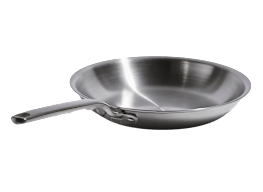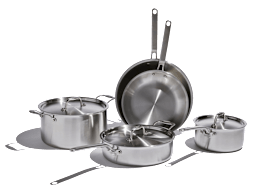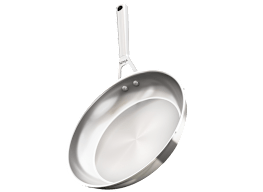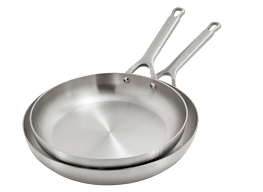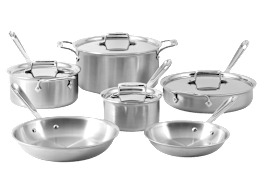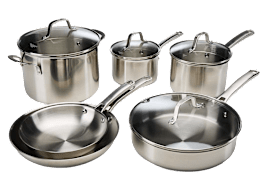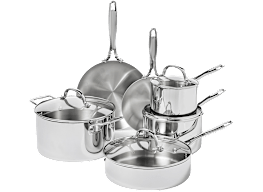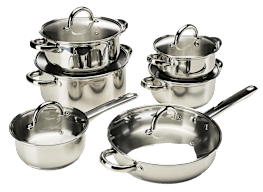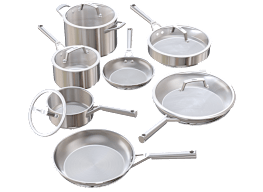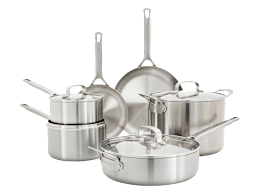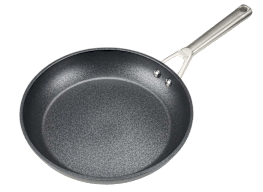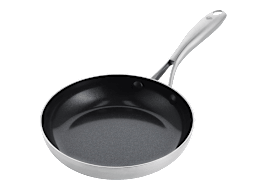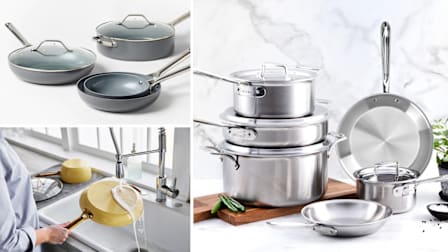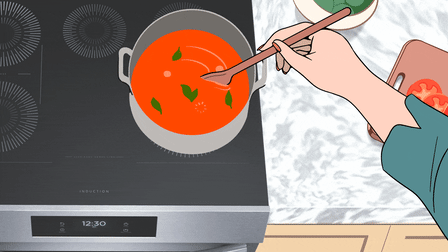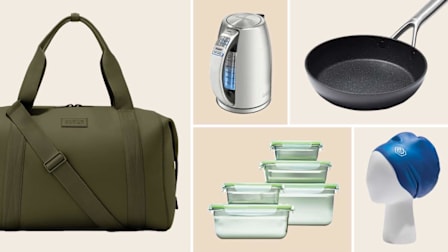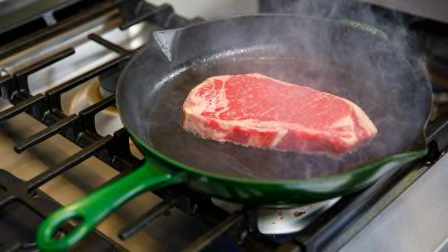Best Induction Burner Adapters
Can a $20 investment really make any pot or pan work with induction?
When you shop through retailer links on our site, we may earn affiliate commissions. 100% of the fees we collect are used to support our nonprofit mission. Learn more.
Induction cooking may be the single best kitchen technology that Americans struggle to embrace. In Consumer Reports’ tests, induction cooktops and ranges crush traditional gas and electric cooking appliances, heating rapidly, simmering steadily, all while using less energy. And yet, conventional electric cooktops and ranges are by far more popular. Why?
One reason may be that many people think that you need special cookware for induction to work—which isn’t exactly true. What you actually need is magnetic cookware, which is far more common than you might realize. Stainless steel, cast iron, carbon steel, and enameled cast iron all work with induction. And increasingly, ceramic, aluminum, and even copper pans are coming equipped with induction-compatible bases. In short, if a magnet sticks to your cookware, then it will work with induction.
Still, some traditional copper and aluminum pans remain incompatible with induction ranges and cooktops. And that’s where an induction burner adapter might possibly come in handy.

















